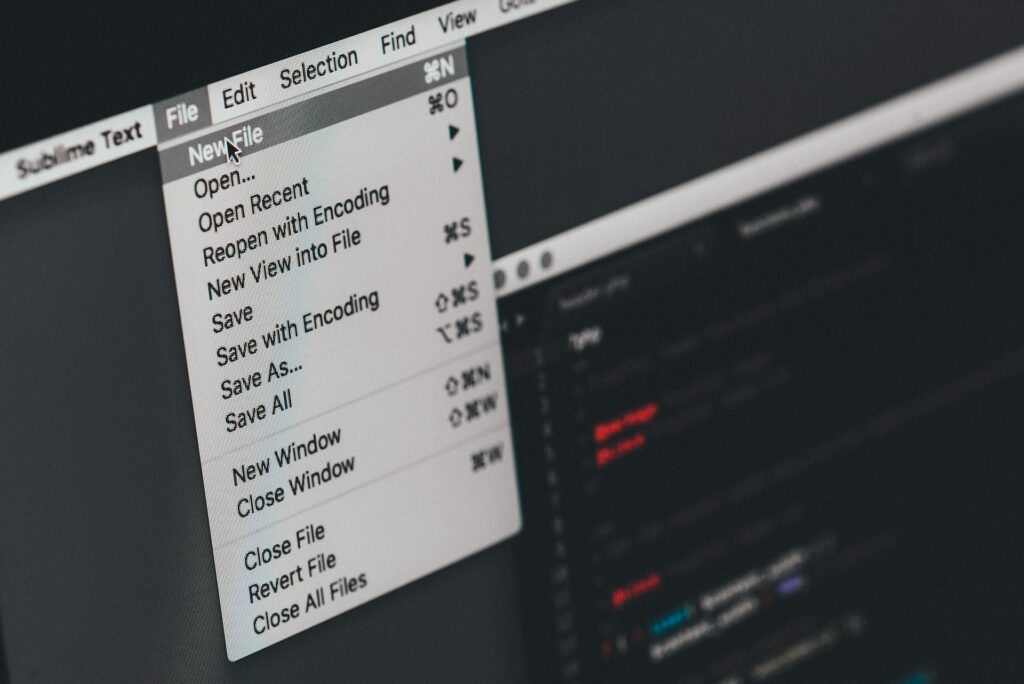Tips for Increasing Your Productivity Through the Organization of Your Digital Files

Tips for Increasing Your Productivity Through the Organization of Your Digital Files
The term “clutter” is often associated with anything tangible, such as a cluttered desk, drawers that are overflowing, or a stack of documents that are waiting to be organized. Nevertheless, digital clutter may be just as distracting and perhaps more burdensome than physical clutter. When you have a large number of files dispersed throughout your desktop, an unending number of downloads with mysterious names, and folders that are buried inside folders, your productivity might be slowly but surely reduced on a daily basis.
What is the good news? The task of maintaining a clean digital workstation is not nearly as difficult as it may seem. You are able to change your gadget from a digital garbage drawer into an orderly and efficient instrument that helps you with your job rather than slowing you down by implementing a few easy habits and smart methods.
Begin by clearing off your digital junk.
Eliminating things that aren’t necessary is a good idea before beginning construction on a new system. Look through the directories on your desktop, the folder for downloads, and the major document folders. Deleting duplicate files, old drafts, and anything else that you are certain you will never need again is a good idea.
There is no need that this be completed entirely at once. If you want to tidy up a tiny region, try setting aside only ten to fifteen minutes every day. Over the course of time, the cumulative effect of these brief sessions will be obvious.
Establish a Folder Structure That Is Easily Understandable
A good digital filing system should have the feeling of being as natural as possible, similar to an ordered cabinet in which you know where to look without having to think about it.
Get started with a broad approach by creating primary folders that are representative of your life or profession, such as “Work,” “Personal,” “Finances,” “Photos,” or “Learning.” You should establish subfolders inside each one according to the year, project, subject, or customer.
Just one example:
- Projects > Work > 2025 > Project Alpha >> Project Alpha
- Photos > Vacations > Italy Trip 2024 Personal > Photos > Vacations
- Make sure that the titles of your folders are brief yet descriptive so that you won’t have to speculate about what’s included inside them later.
Files Should Be Named in Such a Way That You Can Understand Them in the Future
The process of opening many files in order to locate the appropriate one is one of the most time-consuming activities. This is because the files are all titled “Document(2)” or “FinalVersionNEW.”
The alternative is to establish file names that contain the name of the project as well as the date, such as “ProjectAlpha_Report_2025-06-15.” This makes it simpler to look for files and maintains the organization of your folders.
As a temporary workspace, you may make use of your desktop.
Because everything is so readily available on the desktop, it is difficult to resist the urge to keep everything there. However, as time passes, this will eventually become a digital junkyard.
If you want to treat your desktop like a genuine one, you should make it a location that is reserved only for your present job. After the day or week is over, transfer the files that have been completed into the appropriate folders. Keeping the desktop clean and your concentration focused is a result of this.
Wherever you can, automate the process.
Keeping yourself organized may be made easier with the aid of modern technologies. Files may be automatically synchronized and backed up by cloud storage services such as Google Drive, OneDrive, or Dropbox, which eliminates the need for you to remember to do so.
You may automatically sort files depending on their names or kinds by using applications such as Hazel (for Mac) or the built-in functionality on Windows. For example, you can move PDFs to a folder labeled “Documents” or screenshots to a folder labeled “Screenshots.”
If you want to save time, use search and tags.
When you have decent folders, there are still some files that go lost. Search tools and labeling are helpful in situations like these. You are able to add tags or keywords to files in many different systems. In this manner, you are able to search by keyword rather than having to recall the precise name of the file or the location of the folder.
By way of illustration, marking job presentations using terms such as “slides,” “client,” or “Q2” makes it simpler to locate them in the future.
Perform regular backups.
It doesn’t matter how well organized you are; if your data are damaged or lost, whatever you do won’t help. You can set up automatic backups to go to a cloud service, an external hard drive, or both of these options. The piece of mind that comes from having a dependable backup system protects the hard work that you have put in.
Establish it as a routine.
Maintaining a consistent approach is the single most critical aspect of managing digital assets. It is a good idea to set aside a few minutes at the end of each day or week to organize newly created files, archive older ones, and delete those that are no longer required. In the same way that cleaning your actual desk develops a habit over time, this one does as well.
Less clutter, more clarity
To have a digital place that is well-organized, it is not enough to just have tidy folders or smart titles. In order to concentrate on what really matters, whether it be producing a report, editing images, or creating your next big idea, it is about minimizing friction from the chores that you do on a regular basis.
You can transform your computer or other device into a tool that actually helps your productivity and creativity if you take the time to set up a system and manage it. This will also make your digital life seem a lot lighter.




